Interior design is an art and science that goes beyond mere decoration; it involves creating functional, aesthetically pleasing spaces by adhering to a set of principles and guidelines. However, in the pursuit of personal preferences or due to budget constraints, many individuals and businesses often neglect these fundamental principles. This article explores instances of non-compliance with interior design rules and the consequential impact on the overall aesthetics of a space.
The Importance of Interior Design Principles
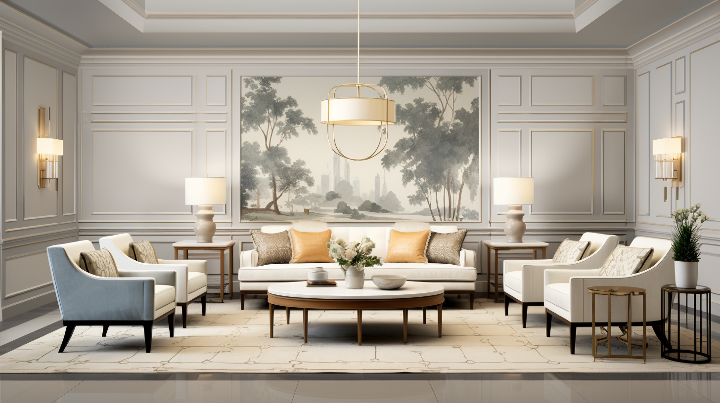
Interior design principles are essential for creating harmonious, visually appealing, and functional spaces. These principles encompass various elements, including balance, harmony, proportion, scale, rhythm, and unity. They guide designers in arranging furniture, selecting color palettes, and creating layouts that optimize the use of space.
Cases of Non-Compliance
Disregard for Proportion and Scale:
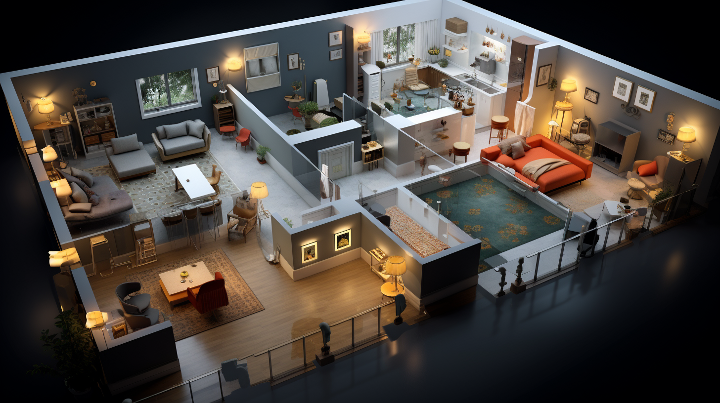
One common issue is the improper selection of furniture and decor items that are either too large or too small for the space. Oversized furniture can overwhelm a room, while tiny pieces can make it feel cramped. This lack of proportion and scale disrupts the visual balance of the room, making it less appealing.
Inadequate Space Planning:
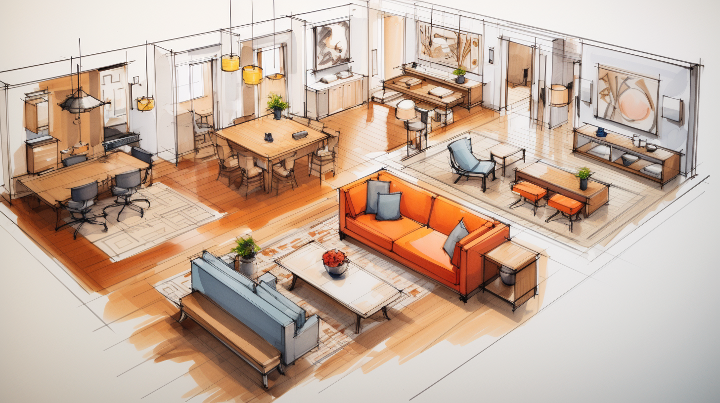
Another mistake is insufficient attention to space planning. Placing furniture without a well-thought-out layout can lead to inefficient use of space. For instance, obstructing pathways or crowding too many items into a small area can make the room feel chaotic and uncomfortable.
Ignoring Color Theory:
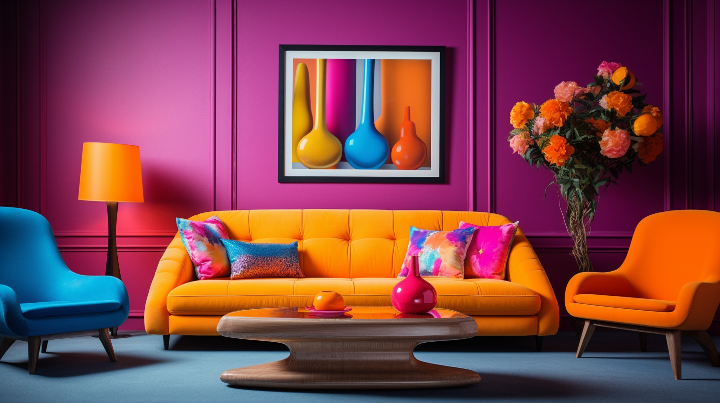
Colors play a crucial role in interior design. Using clashing or jarring color combinations can create visual discord. For example, pairing bright, contrasting colors without considering their psychological effects can lead to an uninviting atmosphere.
Neglecting Lighting:

Proper lighting is essential for setting the mood and highlighting design elements. Neglecting this aspect can result in poorly lit spaces that fail to showcase the room's beauty. Inadequate lighting can also strain the eyes and negatively impact the overall ambiance.
Overlooking Texture and Material Selection:

Texture and material selection can greatly influence the aesthetics of a space. Using materials that don't complement each other or disregarding the tactile experience can undermine the overall design. For example, mixing conflicting textures like rough and glossy surfaces can be visually disconcerting.
Impact on Aesthetics

When interior design principles are ignored, the overall aesthetics of a space suffer. The result is often a room that lacks visual harmony, comfort, and functionality. Such spaces can feel uncomfortable, uninviting, and even chaotic, which can have adverse effects on occupants' well-being and satisfaction.
Conclusion
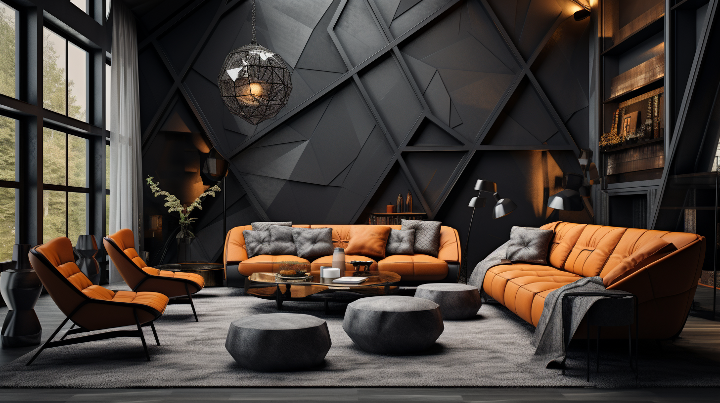
Interior design is a complex discipline that requires careful consideration of various principles and guidelines. Ignoring these principles can lead to compromised aesthetics, making spaces less enjoyable and functional. Whether in residential or commercial settings, adhering to these principles is crucial to create visually appealing and harmonious interiors that enhance the overall quality of life and experience within those spaces. Therefore, it is advisable to consult with professional interior designers who can ensure that all the essential design principles are respected and applied, resulting in beautiful and functional interiors.

